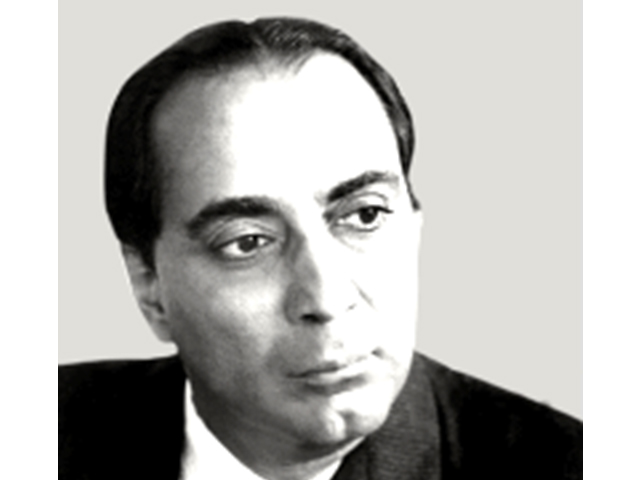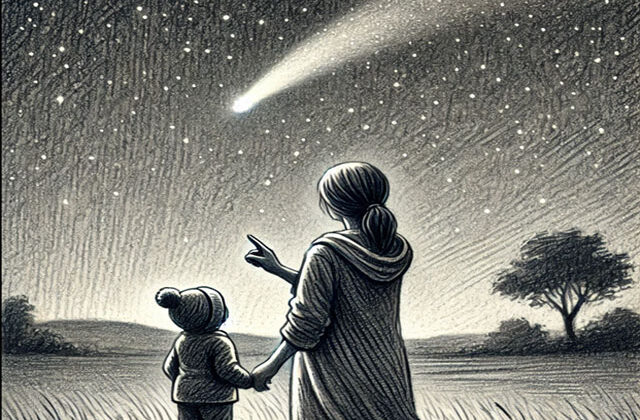Fabulous Personalities- 11

HOMI JEHANGIR BHABHA
(Oct 30-1909- JAN 24-1966)
-Dr.Sundar ram MBBS., MD
Professor Homi J.Bhabha an Indian physicist was the principal architect of our country’s nuclear energy program. He was a brilliant experimental physicist,with a keen mathematical mind and a taste for music and arts.He is colloquially known as the “Father of Indian nuclear programme”.
EARLY LIFE
Homi Bhabha was born into an affluent Parsi family in Bombay in 1909. His parents, Jehangir and Meheren Bhabha were a very enlightened and remarkable couple and young Homi and his brother grew up in a charming home with books and music as their companions. He blossomed into youth breathing in a rarefied air that created in him a sense of the sublime and absolute.
EDUCATION
He received his schooling at Bombay and in 1927, he arrived at the famous Gonville and Cainus college, Cambridge for a bachelor degree in mechanics engineering.Cambridge at that time drew the most gifted sons of the world’s elite. There were aspiring prime ministers,scientists,spies,aesthetes,artists and writers droning in and around this cathedral of genius. Bhabha proceeded to study cosmic rays and electron showers, a field in which he made his name during much of the 1930’s. Armed with an honours degree, he started his research at the Cavendish laboratories in Cambridge and obtained a doctorate in 1935. When WW-II broke out in 1939, Bhabha was in India on a holiday. With Europe in turmoil, he decided to stay, and at the behest of physicist Sir C.V.Raman,director of the Indian Institue of Sciences in Bengaluru , he joined the institute as a reader in physics in 1940.
CONTRIBUTIONS
Sir.C.V.Raman had great admiration for Bhabha and praised him as the modern equivalent of Leonardo Da Vinci. In 1944, Bhabha wrote his historical letter to the Tata trust for support in setting up a centre for research work in nuclear science, which could play a central role in the development of nuclear energy. J.R.D Tata understood his vision and helped in setting up the TIFR( Tata Institute of Fundamental Research) in Bombay in 1945 which later gained international recognition in the field of cosmic ray physics, theoretical physics and mathematics. He was also instrumental in setting up the Atomic Energy Commission in 1948, serving as its first chairman. Bhabha gained international prominence after deriving a correct expression for the probability of scattering positrons by electrons, a process now known as Bhabha scattering. His other contributions include work on Compton scattering,R-process and furthermore advancements of nuclear physics.He later served as the member of the Indian Cabinet’s Scientific Advisory Committee and provided the pivotal role to Vikram Sarabhai to setup the Indian National Committee for Space Research.
HONOURS AND RECOGNITIONS
= He was a fellow of the Royal Society in 1941.
= He won Adams prize in 1942 for his thesis “the theory of the elementary physical particles and their interactions”.
= He received the Hopkins prize of the Cambridge Philosophical Society in 1948.
= He was conferred with the Padma Bhushan in 1954 for his outstanding work in the development of nuclear physics in India.
= He was elected as the President for the first international conference on Peaceful Uses of Atomic energy in 1955 which was held under the auspices of UN .
= He was also honoured with Melchett Medal of the Fuel Institute in 1964.
= He served as the first president for both TIFR and Atomic Energy Commission.
= He was nominated for the Nobel prize for Physics in 1951 and 1953-1956.
= He was elected a Foreign Honorary member of the American Academy of Arts and Sciences in 1958.
= After his demise, the Atomic Energy Establishment in Mumbai was renamed as the Bhabha Atomic Research Centre (BARC) in his honour.
Within two decades, Bhabha had transformed the scientific landscape of the nation. His leadership and visions inspired the generations of scientists and engineers who worked with him. We must celebrate his spirit and continue with the mission he bequeathed to us.






